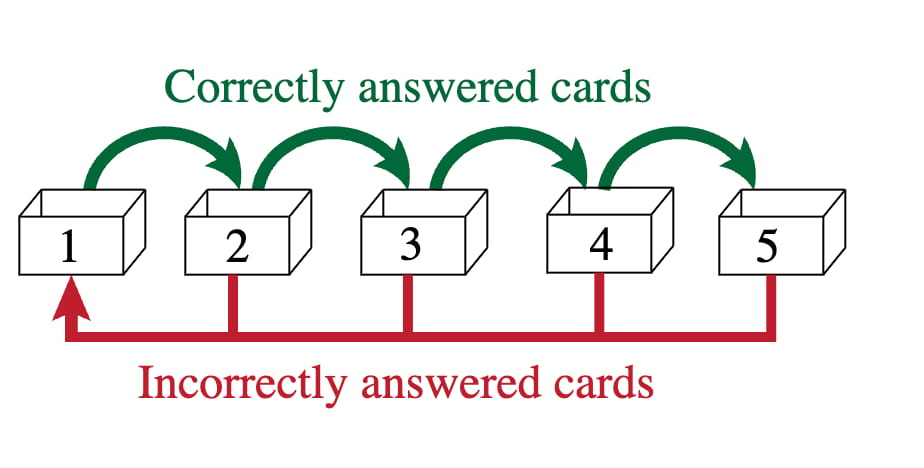The Magic of Starting Small
Being great doesn't mean you have to be perfect.
On Productivity…
Greatness is terrifying. Mastery is overwhelming.
In his 2008 book "Outliers: The Story of Success," Malcolm Gladwell popularized the concept that mastering a skill requires 10,000 hours of deliberate practice. To be the best of the best, you, dear reader, need to invest 10,000 hours (more or less) of focused effort. To put that in perspective, if you put in 3 hours every day…
Every. Single.Day.
It would take about 3,333 days (or just over 9 years) to reach the 10,000-hour mark. It’s daunting.
But what if mastery isn't your goal? What if, instead of aspiring to perform like Yo-Yo Ma, you simply aim to excel at playing the cello? You don't need to be Marques Brownlee; you just want to start and grow your YouTube channel. What if your aim is simply to be great? Being great is already an achievement that surpasses the efforts of more than 95% of people.
Becoming really good at something doesn't require thousands of hours—it takes just 100 hours. You won't be the best or elite, but you'll be better than most. This is the essence of The 100 Hour Rule. It goes a bit like this:
In many fields, just a hundred hours of active learning can significantly elevate your skill level beyond that of a complete novice.
Because most of the time, you don't need mastery; you need competence. However, the shadow of preeminence often eclipses our desire to start. The fear of not being superior at something can stop us from taking the first steps. Initiating something demands courage, resilience, and sometimes a touch of madness—whether it's picking up a brush, starting the camera, lacing up your shoes, or beginning to type. It takes bravery to embark on something new.
Knowing you can start with a realistic goal helps. One hundred hours amounts to twenty minutes a day for 10 months, or eighteen minutes a day for a year (with some days off included). It might not always be easy, but it is achievable.
The 100-hour rule teaches us that greatness starts small. It thrives with consistency and patience. It develops through dedicated processes and habits. It grows through courage. So take the first step to greatness, the journey might not be as long as you once thought.
On Learning…
Ever crammed for a big test? You stay up all night studying like a maniac. The next day, you might ace the test or just barely pass. But a week later, you've likely forgotten it all. Cramming doesn't equal learning.
So, what is the best way to learn?
To answer this, let's dive into something called the forgetting curve. Hermann Ebbinghaus, a German psychologist known for his research on memory and learning, introduced the forgetting curve in the late 1800s. He showed how quickly we lose information over time if we don't actively try to retain it. Imagine learning something new today but then not reviewing it later. At first, you remember a ton, but as time marches on, you start to forget more and more. It's like a bucket with a small hole; initially full, but slowly leaking until it's empty if you don't keep adding water
But our boy Hermann also discovered that you could improve retention significantly by spacing out your learning sessions. This method, known as Spaced Repetition, uses the spacing effect principle, suggesting that spreading learning sessions over time helps transfer information to long-term memory more effectively than cramming in a short period. Don’t worry, I'll delve deeper into short-term and long-term memory in a future post.
Here's an example: Suppose you're trying to memorize the periodic table of elements. On day one, you study the first 10 elements.
Hydrogen: (H)
Helium: (He)
Lithium: (Li)
Beryllium: (Be)
Boron: (B)
Carbon: (C)
Nitrogen: (N)
Oxygen: (O)
Fluorine: (F)
Neon: (Ne)
The next day, you review those elements again (first repetition). Three days later, you revisit them (second repetition). And a week after that, you go over them once more (third repetition). Each review session is further apart than the last. This strategy helps embed the information into your memory by reviewing it just when you're about to forget, forcing your brain to work a bit to recall the information and thereby strengthening your memory.
It boils down to "use it or lose it" when trying to remember things.
Ebbinghaus's experiments paved the way for the development of spaced repetition systems. One of the earliest and most famous systems, the Leitner System, was developed in the 1970s by German science journalist Sebastian Leitner. This system organizes flashcards into a series of boxes based on how well you know each card. You have five boxes, and you sort your study topics into these boxes based on your familiarity with them. Topics you master move up a box, while the ones you struggle with go back to box one. It's an effective way to focus more on the areas that need improvement.
Let me close by saying that I get it. Students have been cramming for exams as long as there have been exams to cram for. Red Bull and bad pizza have gotten many a student through college. But if you really want to learn something (and save some sleepless nights along the way), you need to go all in on spaced repetition. It not only improves retention but also encourages a deeper understanding of the material.
Spacing out your study sessions could be the key to locking in that knowledge for good.
On Gratitude…
This newsletter, Chief Rabbit, is still in its early days. I’m not shooting for 100,000 subscribers; I just want enough people to read it, share it, and find value in it. Don’t get me wrong, I want it to grow. But honestly, my main reason for writing this newsletter is because I enjoy it. It brings me joy. So today, I'm thankful for this little project of mine and to everyone who takes the time to read it. I hope it brings you joy as well.






I have been trying to learn Italian for - oh, just about three years! And I'm still a total beginner. I never thought of the the 1-5 boxes which would be perfect for all the flashcards I've made over the years and never use. And spacing out time spent reviewing material is another good idea - I tend to review right before a lesson and as you can imagine, not helpful!
Wow thank you so much!